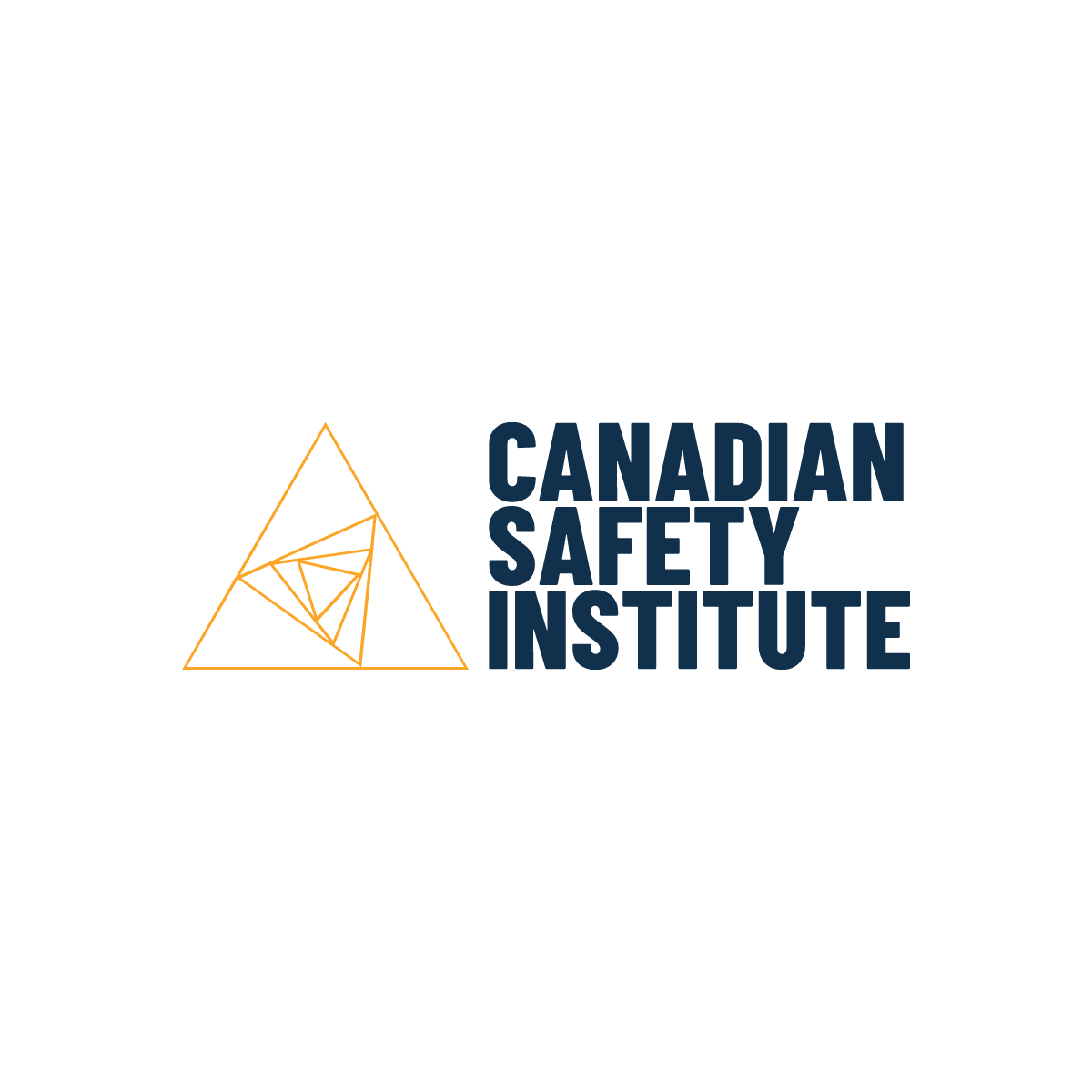This two-day course is designed to develop employees’ competence. It is intended for managers and specialists who may participate in HAZID (hazard identification) and HAZOP (hazard and operability study)

This two-day course is designed to develop employees’ competence. It is intended for managers and specialists who may participate in HAZID (hazard identification) and HAZOP (hazard and operability study) sessions to ensure safe design and operation as well as increased reliability of a company’s assets at all stages of their life cycle:
HAZID will enable any company to considerably simplify decision-making with regard to hazardous projects at early stages of their implementation.
This is especially relevant for companies in hazardous industries that develop and construct high-hazard facilities. The HAZID study is an introductory assessment tool to be followed by more fundamental types of analysis, such as HAZOP.
HAZOP enables companies to conduct comprehensive risk assessment in order to analyze how hazardous facilities are.
Other tools used for the same purpose are Failure Mode and Effects Analysis (FMEA) or Fault Tree Analysis (FTA) – they are also covered in our course – however, HAZOP is the simplest and most structured method.
Participants of the course will learn how to plan and conduct effective sessions on process hazard analysis (PHA) which includes awareness of key principles of main PHA methods (HAZID, What-If Analysis, FTA, Event Tree Analysis, FMEA, and HAZOP).
Participants will learn how to select members for HAZID ? HAZOP teams and organize their work to avoid common pitfalls of assessing hazards.
Participants will develop practical skills in conducting HAZID and HAZOP risk sessions, using guide words for critical points and key parameters of the analyzed system, analyzing causes and consequences, developing recommendations for selecting protective measures and recording session findings to make further management decisions.
Who Is This Course For?
Leaders and members of the HAZID and HAZOP risk-session teams – managers, engineers and technicians who may conduct hazard analysis using structured HAZID and HAZOP methods.
Managers, supervisors, HSE specialists with responsibilities in health, safety and environment.
Project engineers.
Process engineers.
I&C engineers.
Power engineers.
What Is The Course Program?
Overview of risk theory (ISO 31000 and 31010):
Qualitative and quantitative hazard analysis;
Hazard identification, analysis of risk levels, risk prioritization;
Selection principles for preventive and protective risk control measures;
Hierarchy of controls;
Barrier models: “Swiss Cheese”, “Bowtie”;
Recording risk assessment findings;
Reviewing risk assessment;
Practical task – in small groups – analysis of sample risk management processes.
Structured methods of hazard identification and analysis, criteria for choosing an analysis method.
HAZID techniques, initial risk analysis, checklists, What-If.
Practical task – in small groups – analysis of sample HAZID sessions.
Fault Tree Analysis (FTA).
Practical task – in small groups – analysis of sample FTA sessions.
Failure Mode and Effects Analysis (FMEA).
Practical task – in small groups – analysis of sample FMEA sessions.
HAZOP techniques, when they are used and how they are correlated with other hazard analysis techniques:
Leading a HAZOP team;
HAZOP teams – the number of members, composition, competences required, and participants’ roles;
Requirements for a HAZOP team leader;
HAZOP team leader’s responsibilities;
Managing a team’s dynamics;
HAZOP procedure;
Planning and preparing a HAZOP session – documentation and resources required, timescale, venue, team preparation;
Conducting a HAZOP session – separation into sections, points, parameters, use of guide words, causes and consequences, recommendations as to protective measures;
Recording HAZOP session findings;
Practical Task – filling out HAZOP checklists;
HAZOP Report – contents.
Theoretical exam.
Practical exam – application of the HAZOP techniques to a real-life business case.
Is It Practical? Is It Fun?
The course is interactive, and it is based on the interaction between an instructor and participants; it includes a variety of training formats: mini-lectures, discussions, practical exercises in small groups, analysis of business cases, individual self-assessment, watching video materials – to ensure understanding of the materials and reinforce the learning process.
An instructor uses a lot of examples from international best practices. Participants will be able to put the knowledge and skills acquired during the course to practice immediately.
Certificate
?Upon successful completion of the course, participants will be issued a certificate of completion.
Canadian Safety Institute offers Health, Safety and Environmental (HSE) consulting and training that assist companies with improving their safety culture and reducing operational risks. Become a certified safety and environmental expert with our array of accredited and bespoke training courses and acquire useful knowledge and practical skills to boost your career.
© 2025 coursetakers.com All Rights Reserved. Terms and Conditions of use | Privacy Policy